Childhood is such a precious time, setting the course for the rest of a child’s life. Homeschooling with babies and toddlers is a busy season, but it is worth it! Learn creative ways to care for your little ones while homeschooling your older children in this inspiring video.
Nature teaches us many profound things.
For example, little sprouts and new plants need rich, nutrient filled soil. They need care and water and they need . . . light. Our little sprouts, our precious children that we have been given charge of, need safe, nutrient-filled environments more than ever before.
Childhood is a unique time, a precious time, and where a child’s foundation is laid will set the course of his or her life.
- How will the child come to view the world?
- What will end up mattering the most to the child?
- Will the child gain the gift of seeing beauty and wonder everywhere he or she goes?
- Will the child love books . . . and learning?
Homeschooling can offer a place for children to thrive—a place where strong family relationships, faith, and character are nurtured, safeguarded, and strengthened.
Still, you wonder: can I really do it with a baby or toddlers?
I’m Jenny Phillips, the founder of The Good and the Beautiful. I homeschooled with toddlers and a non-stop fussy baby for years. And now those toddlers and those babies are grown and their childhood is gone forever. The reason I created this video is to tell you that it’s not just possible to homeschool with babies and toddlers. It is so worth it!
I’d like to offer you some tried-and-true suggestions for homeschooling with babies and toddlers from my experience.
Top 10 Tips for Homeschooling with Babies and Toddlers
1. It’s ok to not “do it all” during this season.
The season of homeschooling with babies and toddlers will look different than other seasons of your homeschool. It’s OK to not “do it all” during every season of your homeschool. It’s OK to have a really different type of schedule during different seasons of homeschooling.
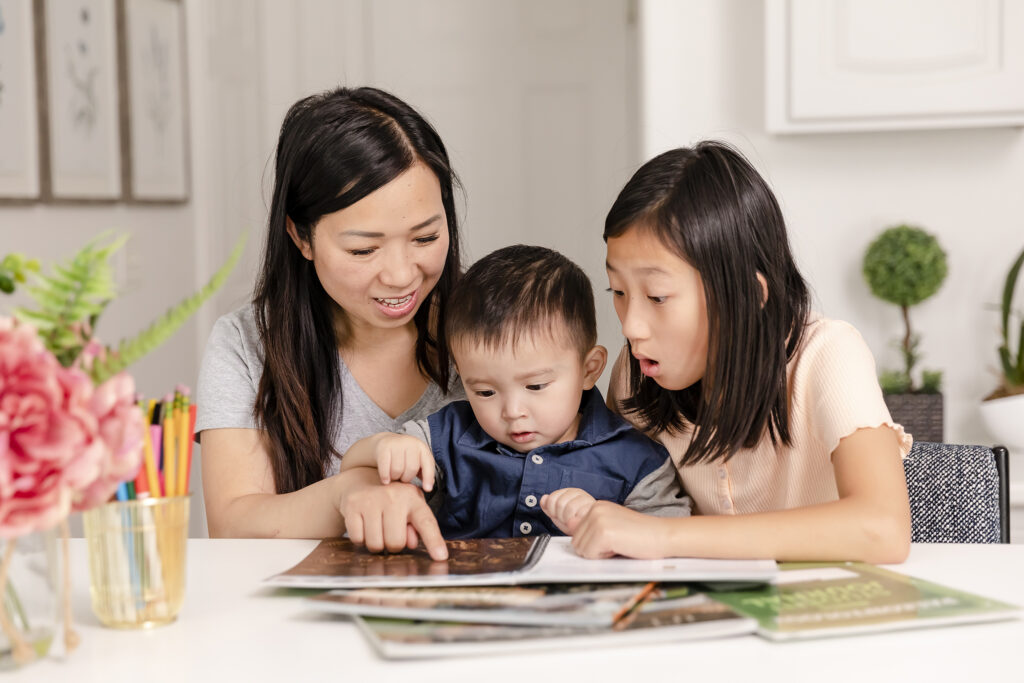
2. Use an open-and-go curriculum.
You will be amazed at what you can accomplish in a short amount of time, especially with a curriculum like The Good and the Beautiful. In Grades 4 and above, our math and language arts curriculum can be largely self guided by the child, freeing up an incredible amount of time for you as a parent.
I feel it is crucial to use an open-and-go curriculum that has short lessons and sections the child can do independently, just like we have built into The Good and the Beautiful curriculum.
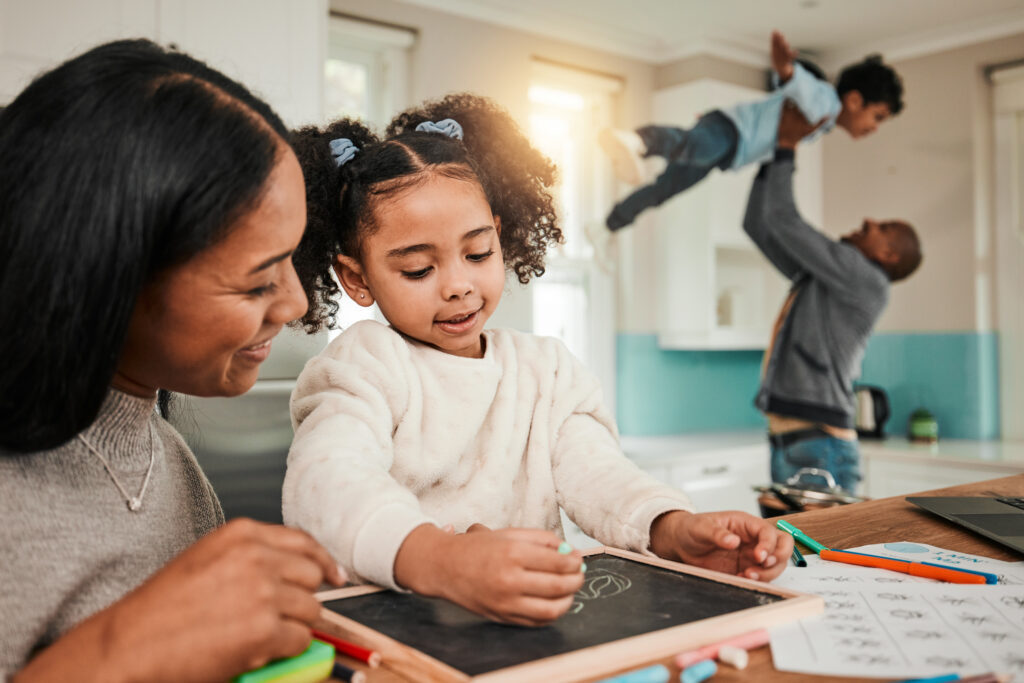
3. Ask for help.
If you find that you just can’t get it all done, pray for direction. Different people do different things. For example, someone might be prompted to ask a grandmother to sit with the baby one hour a day so that they can give undivided time to their kids’ one-on-one subjects.
Or someone might hire a responsible homeschooling teenager as a mother’s helper, or try homeschooling with another family for part of the week, so you and the other parent can swap teaching time or watching the toddlers. Another person might be prompted to reduce the amount of lessons they try to accomplish each day, and yet another person might be prompted to have the father homeschool for one hour each night. There really are so many options, and God will guide you with specific and creative options if you ask for and seek His guidance.
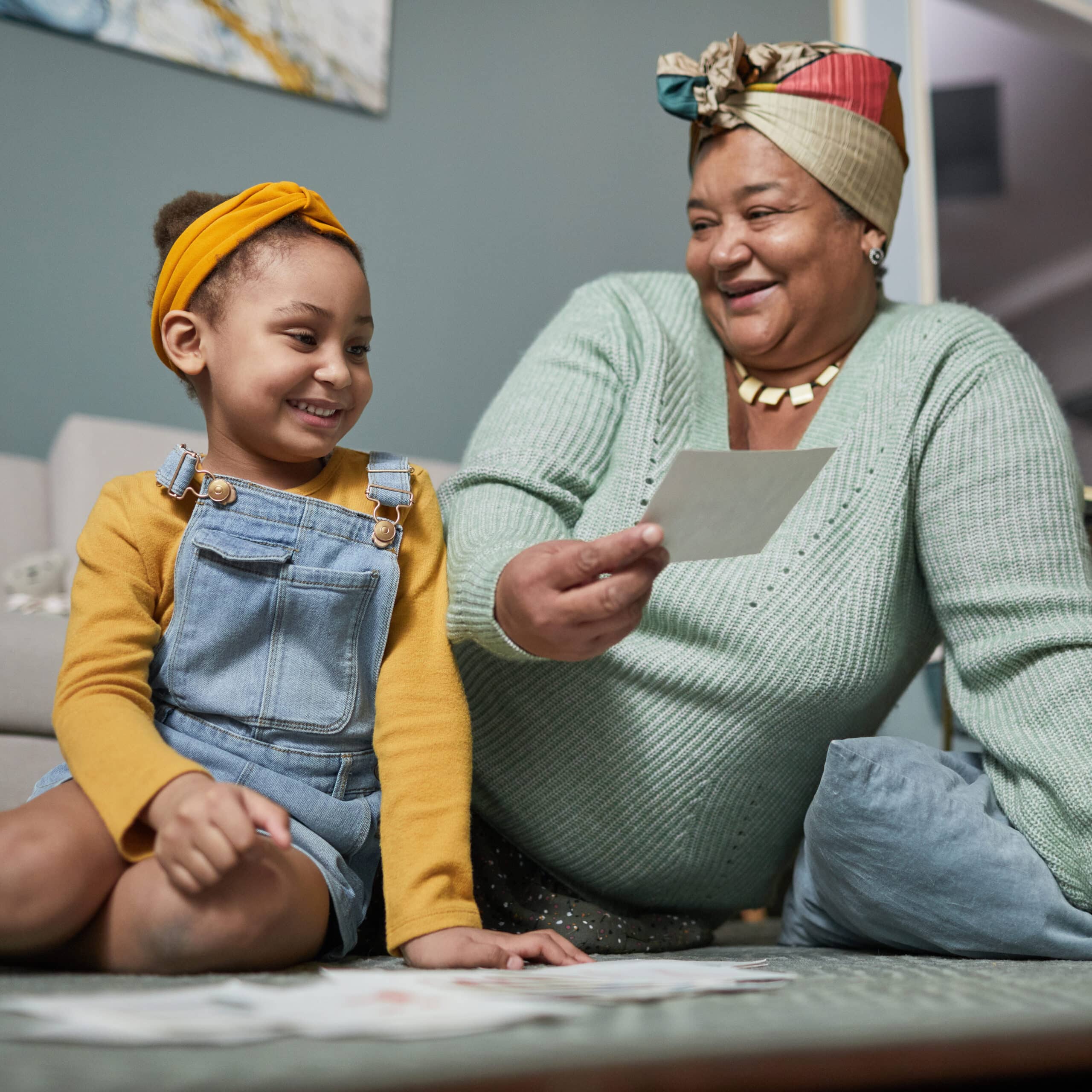
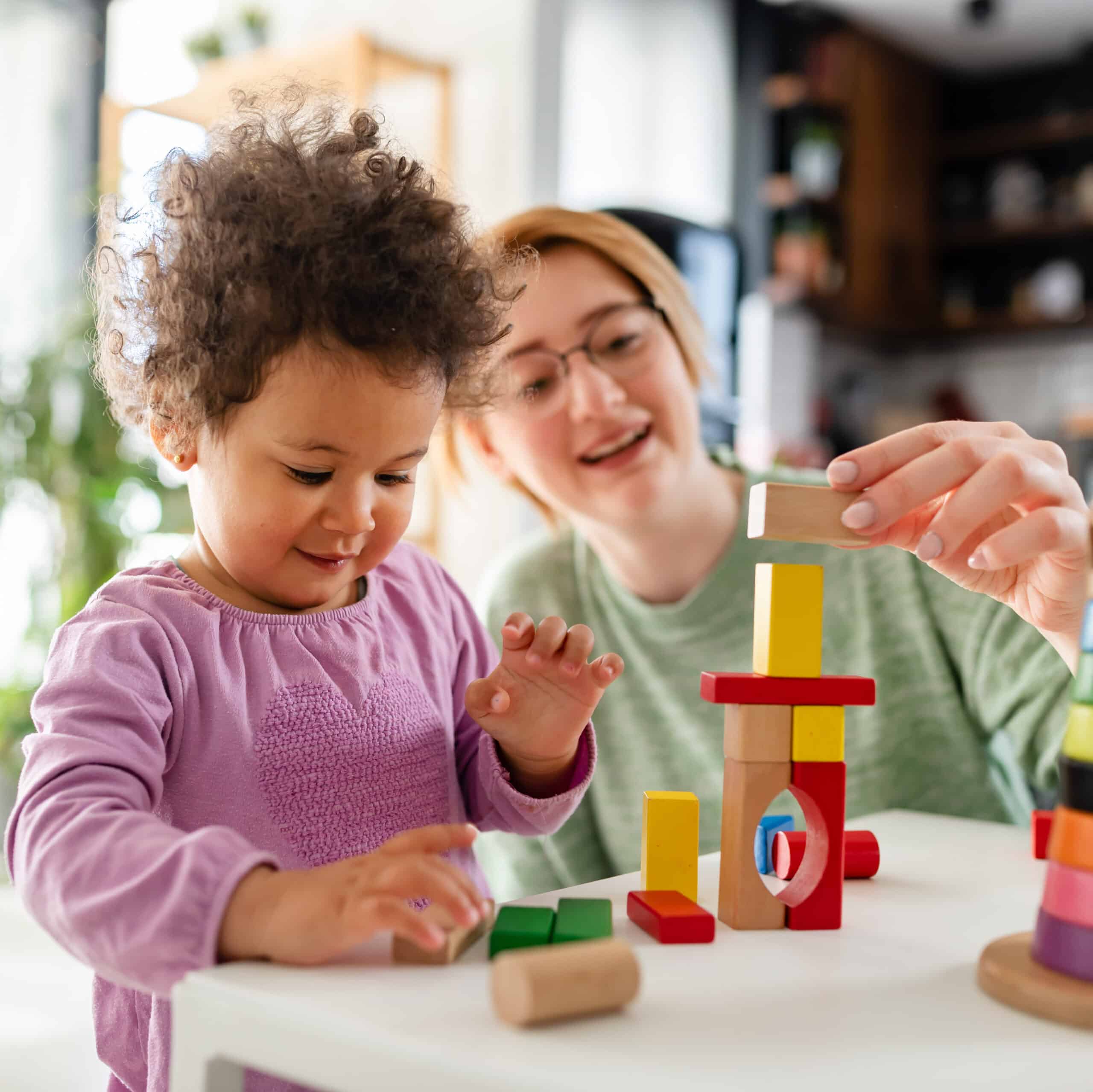
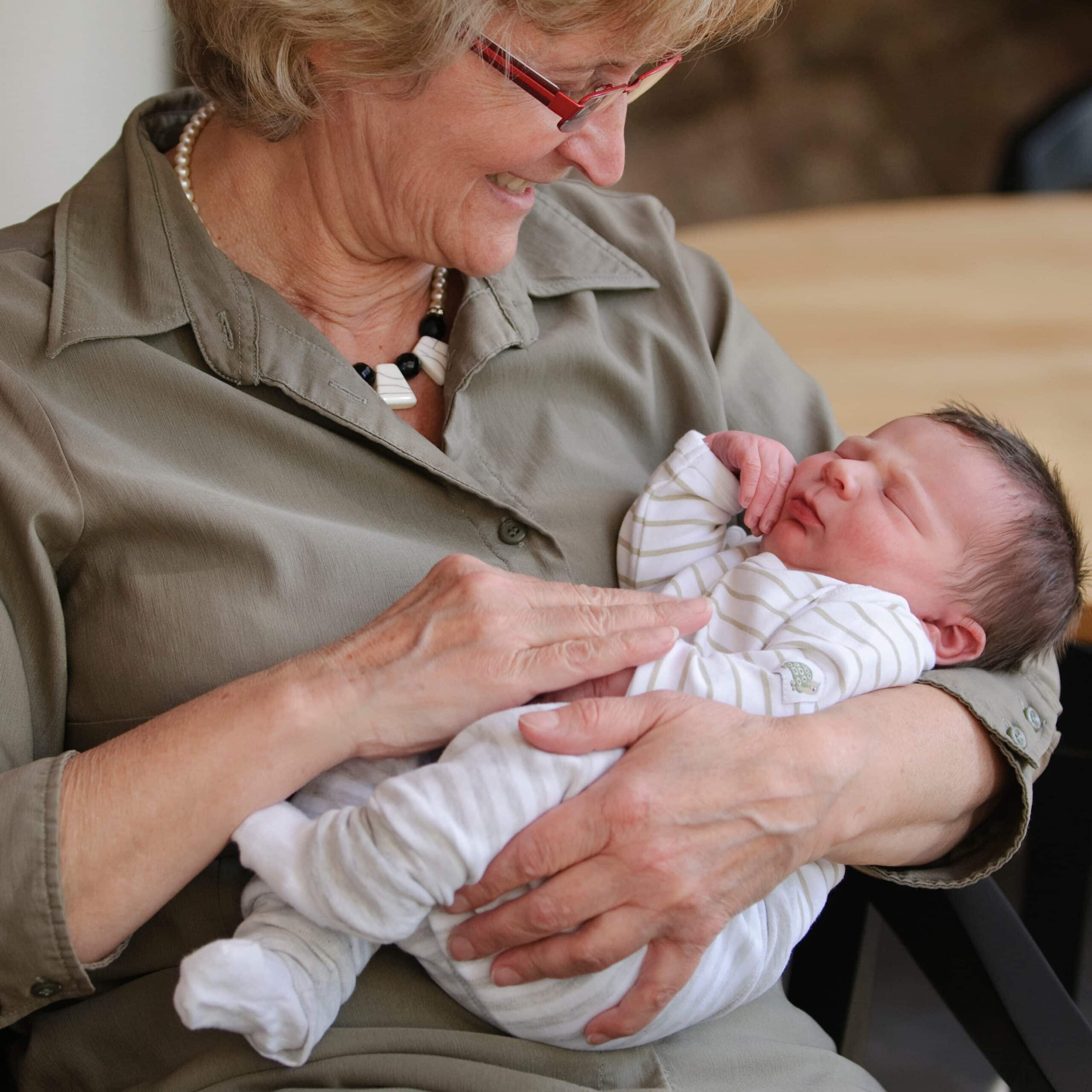
A Note about Toddlers and Screens
Let’s shift gears a little bit. I want to talk about toddlers and screens. It’s so easy to just give toddlers a tablet or phone to keep them occupied. But what is easy in the short term will likely make your life a WHOLE lot harder in the long run. Parents sometimes feel that if it is “educational” screen time, it’s OK. But screens can actually hurt a child’s developing brain. Here’s just one paragraph from an article by pediatrician Dr. Johnson, from the Mendocino Health Centers:
“Children can exhibit irritability, anxiety, depression, excessive tantrums, and impairments at school, home or with peers. Some children even experience short-term memory problems and cognitive decline. Many pediatric clinicians attribute excessive screen time and inadequate outdoor time to rising rates of (ADHD) and even oppositional defiant disorder. The developing child’s brain gets wired to crave constant stimulation and the child has difficulty coping when the stimulation is withheld.”
There is conflicting research about this subject. I suggest studying it on your own. But also consider the type of content you are giving your child. Listening to a wholesome, beautiful storybook while looking at the still pictures has a much different impact on a child’s brain than watching bright, flashy, quick-moving images with fast-paced music.
I suggest not giving screens to babies, and for toddlers, monitor the time spent on screens, and choose gentle content that doesn’t have constant, flashy action, which overstimulates.

Gentle Media Content
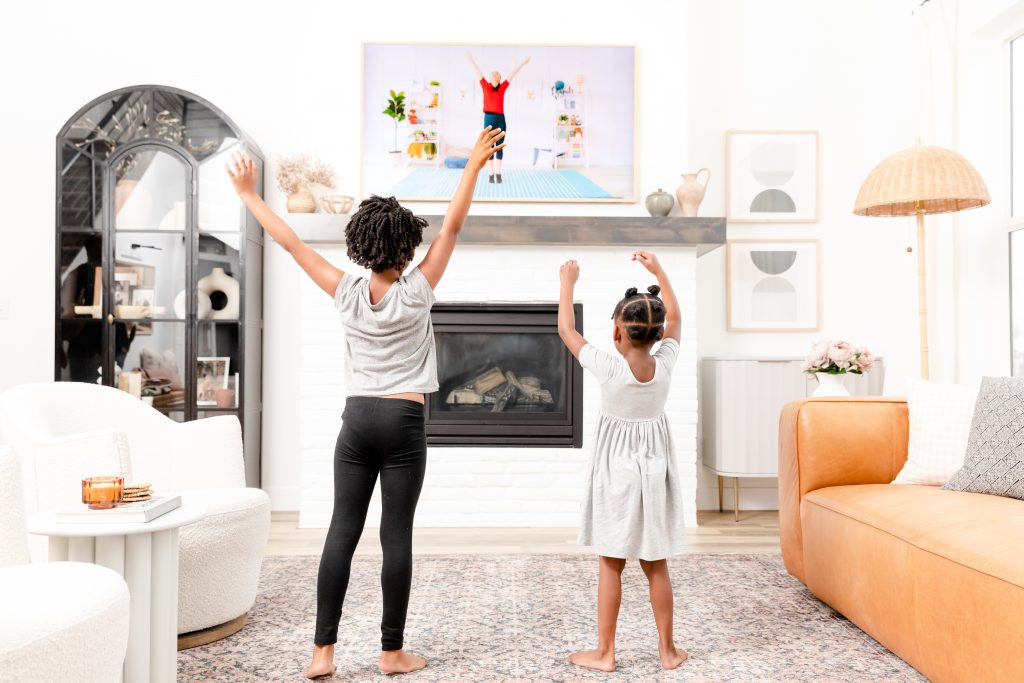
We created The Good and the Beautiful Kids Channel on YouTube to create safe, uplifting, gentle, nurturing content. In addition to our many engaging educational songs and videos, we highly recommend the Exercise Adventures series. These exercise videos take children on an imaginative journey using movement, storytelling, music, and dance.
We hope you’ll take advantage of our gentle, sweet media content that will help your children from a young age develop a taste for truly good and beautiful music, images, stories, and content.

Some parents do not use any screens for toddlers, and if that is the case for you, please continue with confidence. If you are a parent who is looking for small amounts of gentle media for toddlers, consider using our Kids Channel at the times during homeschool when your older children need your attention. Also, consider using wholesome, uplifting audiobooks. Children who listen to audiobooks develop an increased vocabulary and an accelerated understanding of language. It’s also an opportunity to share good messages and expand their learning about the world.
4. Involve your littles in the lesson.
This often works best during science or history lessons, but it can work with other subjects too. Toddlers want to see everything; it’s how they learn! Let them sit on your lap and involve them too. When possible, give your toddler a job. For example, ask him or her to point to pictures as you read a story to older children. Or have your toddler hold up images for others to see. You can also give your toddler their own coloring book or student journal in history or science to scribble or color in.
To make it special, you could have a box of different types of crayons and colored pencils, and each day, your child could choose a set. If you put the box away after each science or history lesson, and use them only during science or history, it will make it more unique and special for the child. Standard crayons could be used at other times. Giving them puzzles or lacing cards or toys that can only be played with during lesson time makes the child feel that homeschool time is special for them and will likely improve their behavior.
5. Set your little ones up for good behavior.
Make sure they are not hungry or tired right as you are starting a child’s lesson. If you really need the toddler to behave during science, for example, make their snack time right at the beginning of science.
6. Don’t go too long without giving toddlers one-on-one attention.
Even just taking 60 seconds to give the toddler your complete attention can help them get their needs met, and then they are happy to keep doing self-directed play.
7. Create a smart schedule.
It’s easy to want to get everyone’s individual lessons going right away in the morning, but mornings with littles might be smoother using family-style learning. Many toddlers still take naps most days. If you’re blessed to have a toddler who naps, this is your golden school time. Use this quieter time of the day for one-on-one instruction with older children.
One thing that I did for my children when I was homeschooling with babies and toddlers was to create a daily chart of all the self-directed things they needed to do, such as handwriting, reading, chores, cleaning room, piano practice, and listening to an audiobook. Despite what was going on with the toddlers or babies, they could work on those things independently. Then, when the baby was napping or happily playing, I would pull in my children for the things that I needed to do with them, according to when it worked for me. I didn’t have a schedule of when we were going to do things; I just knew the things I needed to get done with them, and I would do it when it was most convenient.
Visit our Homeschool Planning or Sample Schedules blog posts for more ideas.
8. Drop science or history for a season.
During times of newborns or sick babies or potty-training toddlers, we would drop history and science for a season, or just do one lesson a week in those subjects if we could fit it in. And I didn’t feel bad about it. I knew that it was a temporary season. And often, we would make up the lessons in the summer when we weren’t doing as much language arts or math.
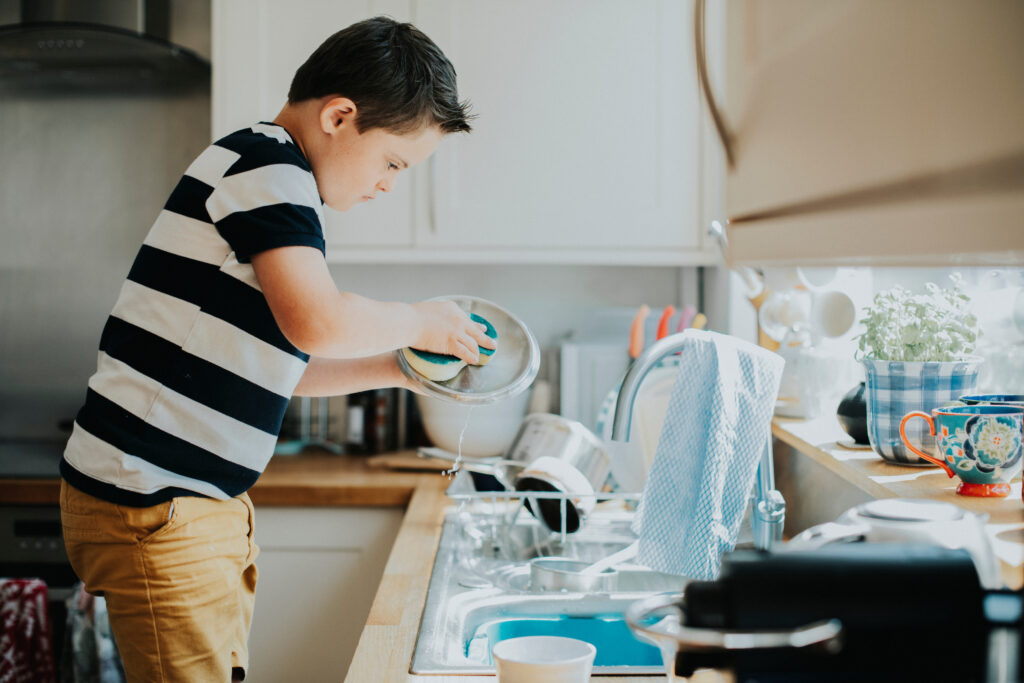
9. Older siblings are a big help.
Older siblings can be a big help with chores around the home and with keeping little ones busy while you work with another child. Teaching older children to value younger siblings and prioritize their needs is learning, too.
Not all learning during school time must be academic. Modeling for the children that babies and toddlers are valued members of the family, even when their needs take priority over formal schoolwork, is important. Older children can take turns playing or reading with your toddler, which helps them develop empathy, kindness, and patience. When older children have a reading assignment, they can read it aloud to their younger siblings.
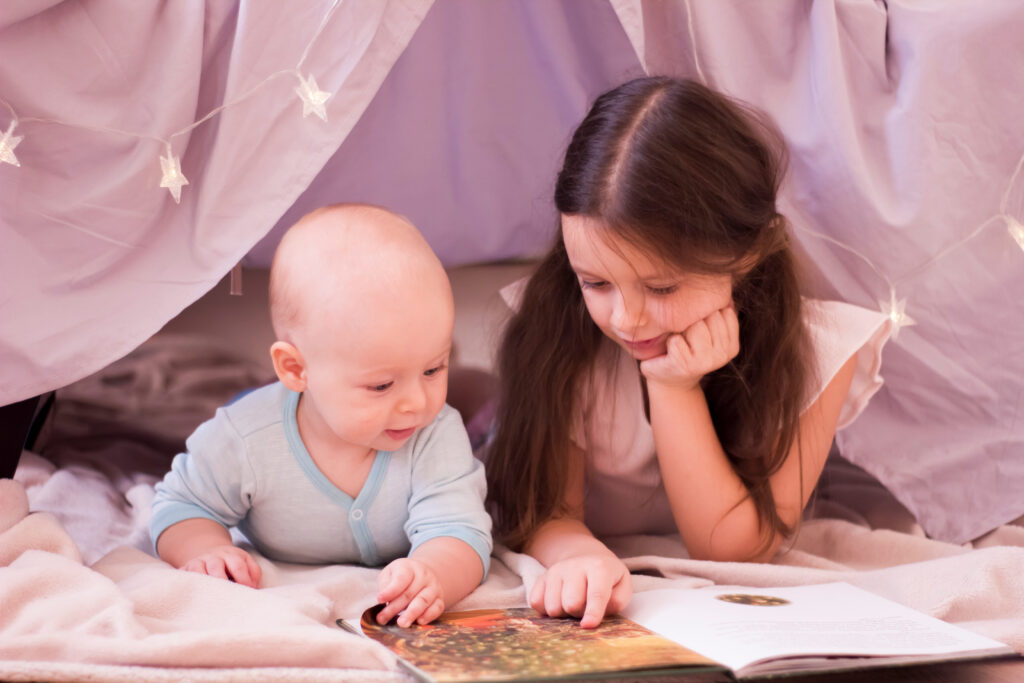
10. Be flexible!
Lastly, if you have a day where the baby is teething and crying all day, adjust accordingly. Do what you can, even if that is just having your children work on handwriting pages and listen to audiobooks, or even take a day completely off here and there and relax or go to the park or visit Grandma.
We believe in strong academics and intentional teaching at The Good and the Beautiful, but we also believe in flexibility and in seasons of homeschool.
You may also like . . .

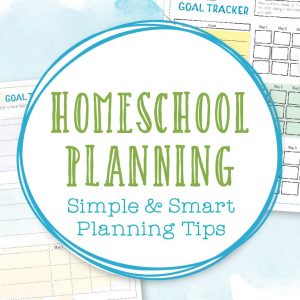
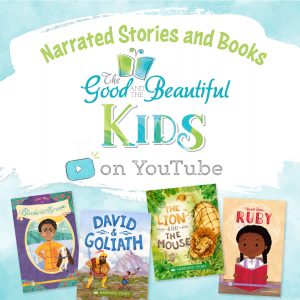
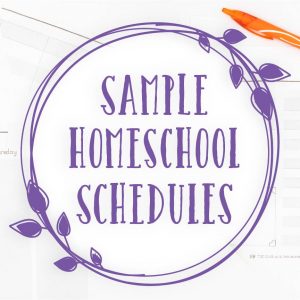



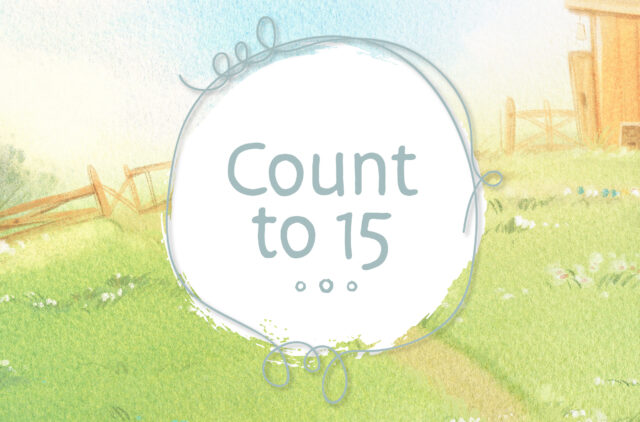
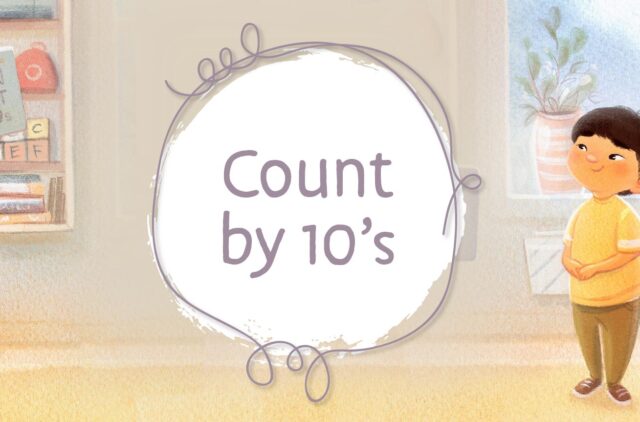


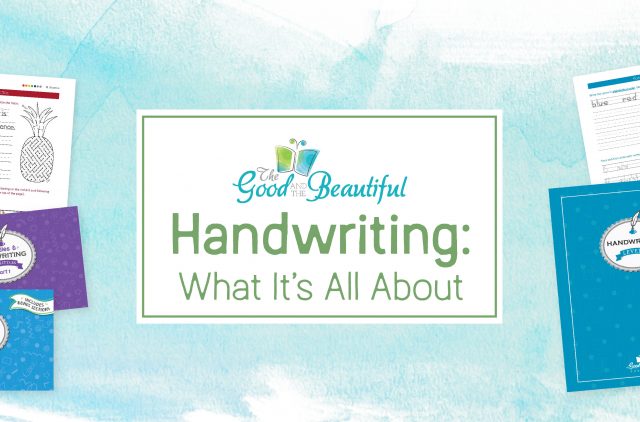
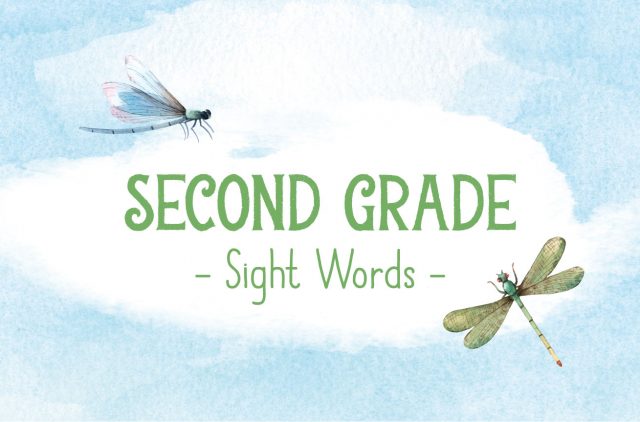
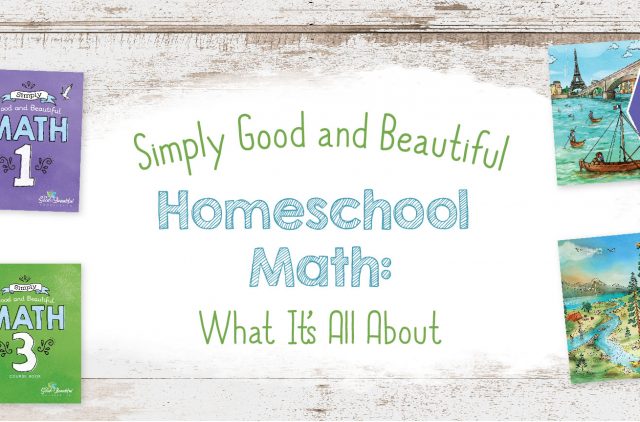
Comments
Very good and relatable advice!
This is all such wonderful advice! It’s so important to remember to focus on what’s really important, and sometimes that’s not school. Thank you!
I have a super active 2.5 yr old… and a 4 yr old who wants to learn… it was hard trying to occupy them two n school 2 lazy teens and a fast learner kindergarten who needed plenty of one on one… now that the oldest 3 are back at school I been wanting to teach the younger ones.. but the youngest kids attention is not very long… he loves screentime so we been avoiding it cuz he obviously addicted already… he would scream when you turned it off… he’s a little tornado that loves to create messes lol
This post is such a comfort and so inspiring.
Thank you so much for this. Very helpful!🥰